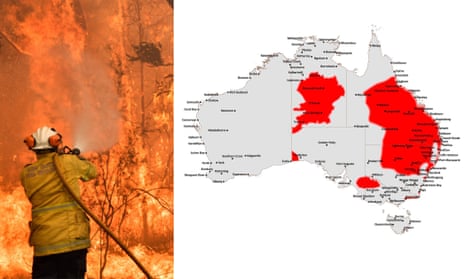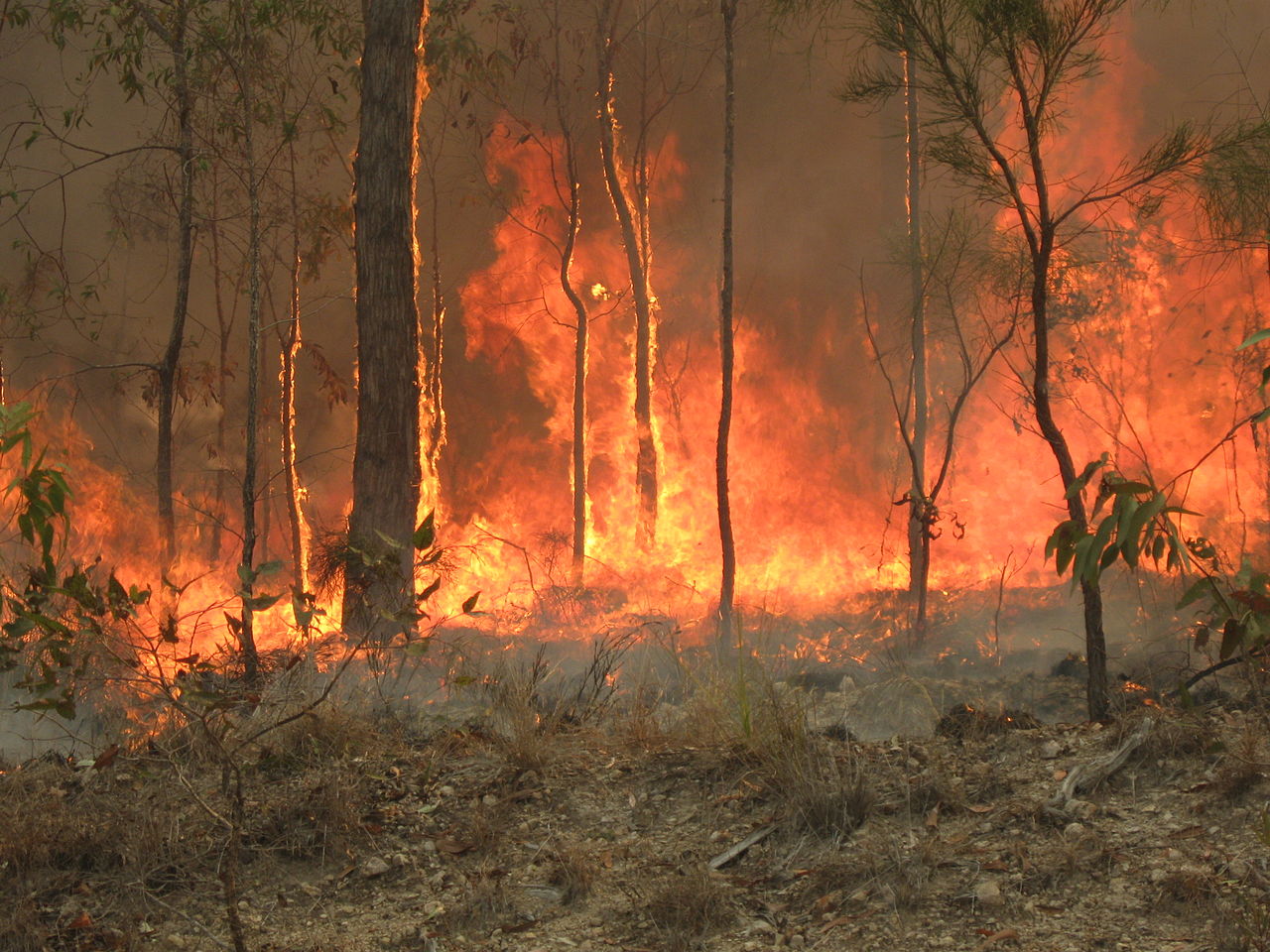The Relevance of Bushfire Monitoring in Fire Defense
In the realm of fire protection, the value of reliable bushfire monitoring can not be underrated. As neighborhoods globally come to grips with raising instances of wildfires, the proactive strategy to stop and reducing these all-natural catastrophes with strategic bushfire management strategies has actually become an essential element. Beyond the instant risk to human life and property, the interplay in between bushfire monitoring and ecological conservation, community participation, and environment change postures intricate challenges that need comprehensive solutions.
Value of Proactive Bushfire Avoidance
Aggressive bushfire prevention strategies are important in mitigating the ruining impacts of wildfires on neighborhoods and ecological communities. By taking preventative measures before a bushfire takes place, the dangers connected with these natural calamities can be dramatically decreased. One essential element of proactive bushfire avoidance is fuel management. This involves decreasing the quantity of flammable product, such as dead vegetation and completely dry leaves, that can work as fuel for fires. Gas management techniques include suggested burns, where controlled fires are deliberately lit to minimize the build-up of flammable material.
Informing the public on fire security methods and promoting area recognition regarding the value of bushfire avoidance are essential elements of positive strategies. Inevitably, positive bushfire prevention plays a significant duty in protecting neighborhoods and ecological communities from the devastating impacts of wildfires.
Duty of Neighborhood Engagement in Fire Protection
Involving the community in fire defense efforts is integral to improving the effectiveness of aggressive bushfire prevention approaches. Community involvement plays an essential duty in promoting a cumulative understanding of the dangers presented by bushfires and the value of readiness procedures. By entailing local citizens, authorities can disseminate crucial information ablaze safety methods, emptying procedures, and very early caution systems, equipping people to take positive actions to secure their residential or commercial properties and lives.
By promoting a culture of preparedness and collaboration, areas can strengthen their ability to react efficiently to bushfire emergencies, lessening the impact on homes and lives. Eventually, community engagement is a keystone of thorough fire security approaches, stressing the importance of cumulative activity in safeguarding at risk locations from the risk of bushfires.
Significance of Wildlife Conservation in Bushfire Administration
Conservation of wildlife plays a crucial duty in efficient bushfire administration strategies, making certain the security of diverse ecological communities and biodiversity in fire-prone regions. Wildlife conservation is essential as it adds to the general durability of ecological communities, helping in their capacity to recuperate and hold up against from the influence of bushfires. By preserving habitats and shielding different varieties, the natural equilibrium within these communities is kept, which is necessary for their long-lasting wellness and sustainability.
Additionally, wildlife preservation additionally helps in minimizing the danger and intensity of bushfires. Healthy ecological communities with well-preserved wild animals populations can act as natural firebreaks, reducing down the spread of fires investigate this site and restricting their destructive capacity (Bushfire Risk). Certain animal types, like delving animals or birds sites that spread seeds, play special duties in helping or avoiding fires in the post-fire regrowth of environments
Integrating wild animals conservation into bushfire monitoring methods is not just essential for protecting biodiversity however likewise for promoting the overall health and resilience of environments despite enhancing fire dangers.
Benefits of Strategic Gas Decrease Programs
Tactically implementing gas decrease programs is crucial in minimizing the threat and effect of bushfires in fire-prone regions. These programs involve regulated burning, mechanical cleaning, and other approaches to minimize the amount of flammable greenery available to sustain wildfires. By tactically reducing gas tons in crucial areas, such as close to domestic neighborhoods or crucial framework, the strength and spread of bushfires can be considerably lowered.
Among the main benefits of gas reduction programs is the improvement of general fire strength in an ecosystem. By developing calculated fuel breaks and minimizing the connection of plants, these programs help to disrupt the path of a bushfire, making it less complicated for firemens to have and snuff out the blaze. In addition, fuel reduction programs can secure biodiversity by avoiding exceedingly intense fires that can ravage habitats and endanger wildlife read here populaces.
Furthermore, these programs can likewise guard human lives and property by lowering the threat of catastrophic fires that position a substantial danger to neighborhoods. Ultimately, critical fuel reduction programs play a crucial function in positive bushfire management and promoting a much safer setting for both individuals and nature.
Impact of Environment Modification on Bushfire Threat

Higher temperature levels result in drier vegetation, making it more susceptible to ignition. Decreased rainfall in specific areas extends dry spell problems, additionally raising the flammability of the landscape. In addition, the transforming climate has changed wind patterns and weather, bring about even more irregular fire habits and quick fire spread.
As the environment proceeds to transform, the regularity and intensity of bushfires are expected to climb, demanding a flexible and aggressive approach to bushfire administration. Methods must develop to represent the transforming threat landscape, incorporating environment projections and thinking about long-lasting strength in fire monitoring preparation. Attending to the influence of environment change on bushfire risk is vital in creating reliable techniques to safeguard lives, home, and the atmosphere.
Final Thought
To conclude, positive bushfire prevention, neighborhood interaction, wildlife preservation, calculated fuel reduction programs, and consideration of climate change are important elements in effective fire security. By executing these techniques, we can better manage bushfire risks and secure both human lives and the atmosphere. BMP. It is essential that stakeholders collaborate to focus on these steps to minimize the terrible impact of bushfires on ecosystems and areas

As the environment continues to change, the frequency and intensity of bushfires are expected to climb, necessitating a positive and adaptive strategy to bushfire monitoring.In final thought, positive bushfire prevention, community involvement, wild animals preservation, tactical gas reduction programs, and consideration of environment modification are critical parts in reliable fire defense.
Comments on “Introducing the Risks: Why Every Homeowner Requirements a Bushfire Risk Assessment”